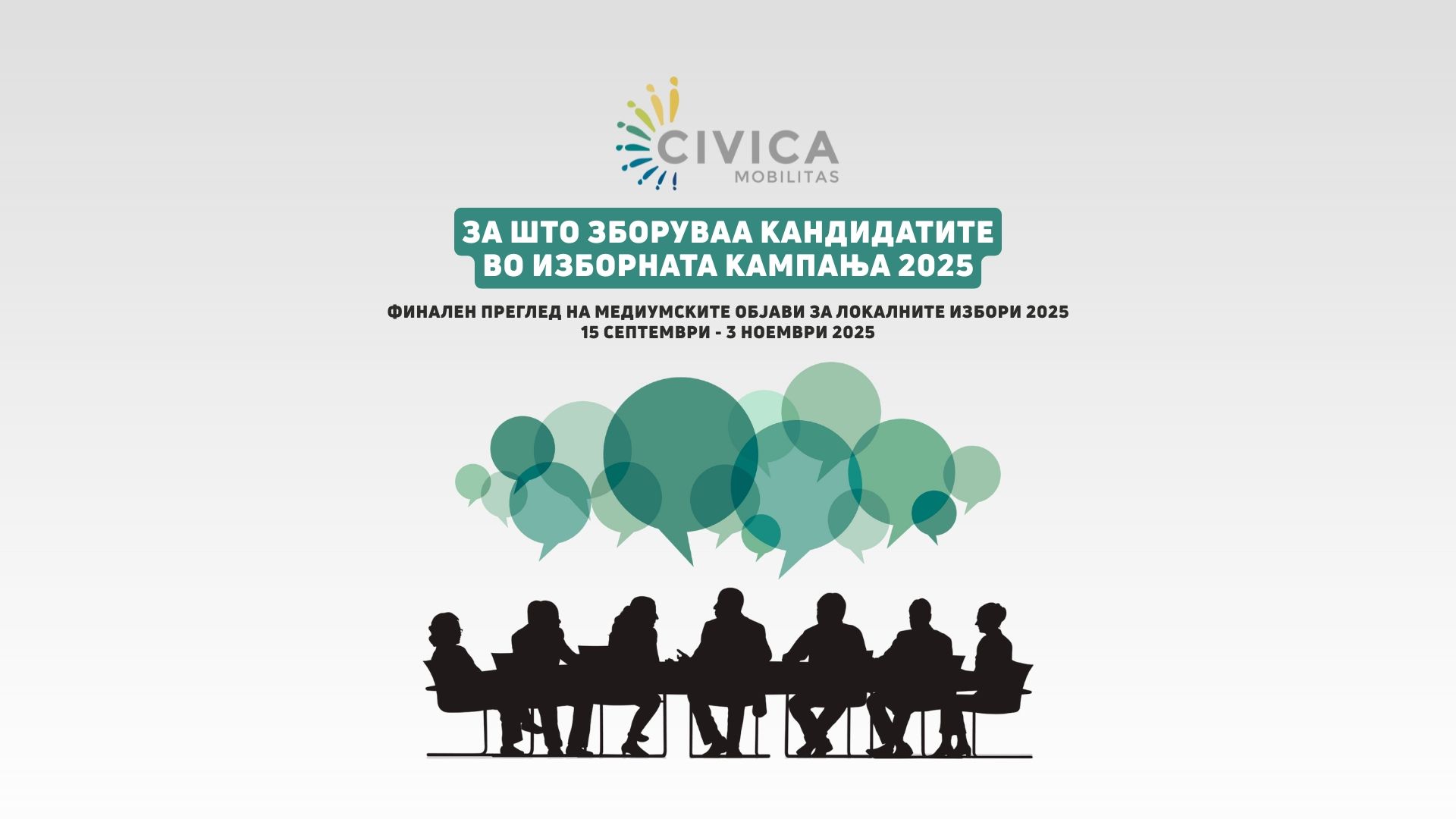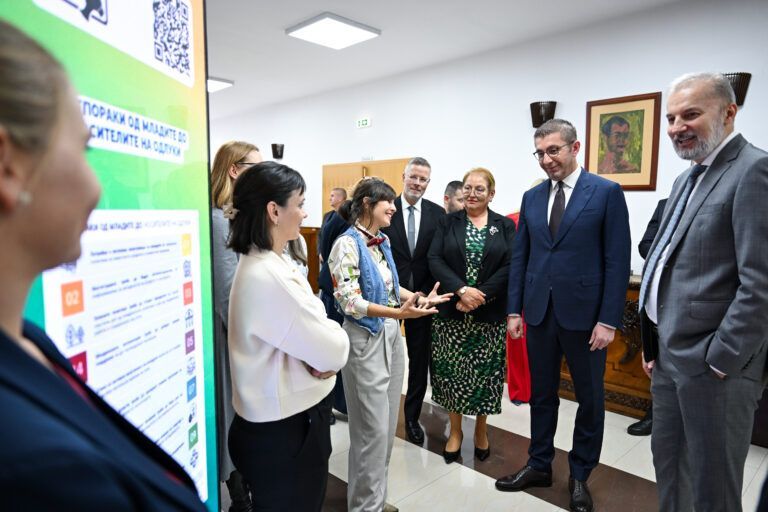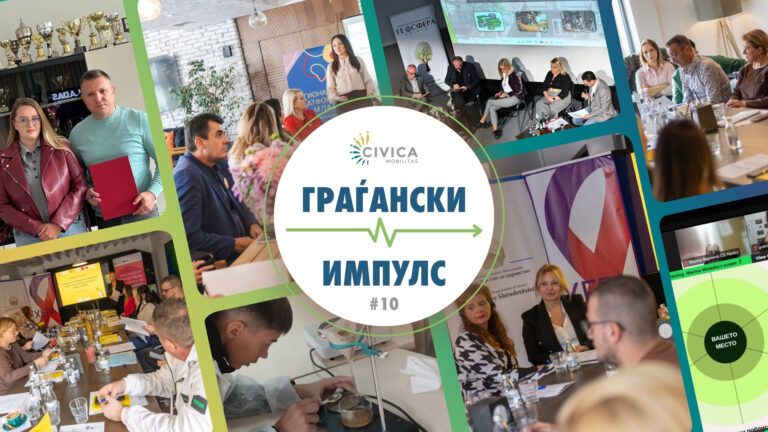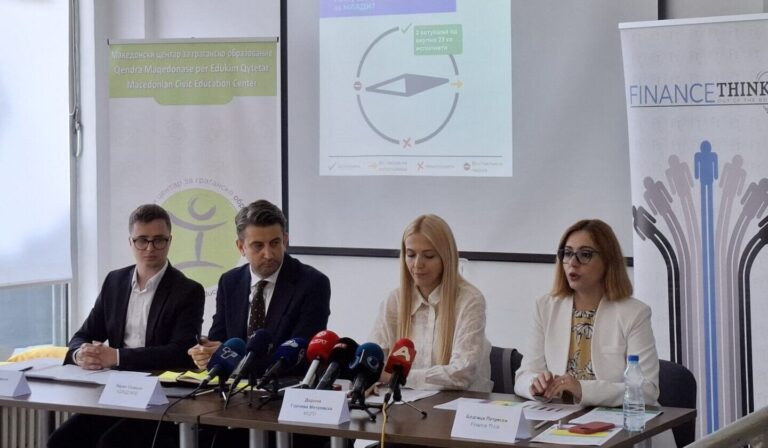What Did the Candidates Talk About During the Election Campaign: Final Review of Media Coverage of the 2025 Local Elections
Final review of media coverage of the 2025 local elections [15 September – 3 November]
What the Candidates Talked About During the Election Campaign
The 2025 local elections shaped the public agenda more than any other event of the year. Over 25,700 media articles and 3,600 social media posts were dedicated to the electoral process, generating more than 860,000 interactions. The most intense days were 19 October and 2 November, when the media and the public followed the results.
Dominant Themes: Education, Local Services, Transport
The topics that appeared most frequently in the public sphere were local governance, infrastructure, education, and public services. Candidates who promised measurable and concrete results performed the best.
Education and schools were the most exposed topic, with 17,896 media posts and nearly 350,000 interactions. The focus was on renovating old schools, building new ones, and improving conditions for students.
The second most prominent topic was infrastructure and public services. Promises for new streets, sewage systems, parks, and health clinics dominated this category.
Although in the early weeks the environment was the most exposed topic—due to the situation with Skopje’s landfills and the fire in Trubarevo—the volume of posts decreased as the campaign went on, then rose again toward the end, especially with posts about uncollected waste in the capital.
A smaller portion of posts covered ethnic and coalition issues, such as the agreements between VMRO-DPMNE and Vlen, as well as weaker mayoral election results for DUI, which were framed as a turning point in interethnic relations.
Local accountability was also a key theme. Civil society organizations such as Civil and Vistinomer monitored violations of the pre-election silence and fact-checked campaign promises. They noted that most media outlets reported statements without deeper analysis.
Who Defined the Themes
VMRO-DPMNE and the Vlen coalition had the greatest visibility in the media and jointly set the tone of the campaign.
Prime Minister Hristijan Mickoski and Skopje mayoral candidate Orce Gjorgjievski focused on the theme of “delivery and efficiency”—from cleaning the city in 72 hours to solving traffic chaos. Gjorgjievski, with over 688,000 interactions on Facebook, was the most engaged candidate in the local elections.
The Albanian ethnic parties in the Vlen coalition, led by Izet Mexhiti and Biljal Kasami, promoted a narrative of internal reform and inclusiveness. Mexhiti won in Chair in the first round with his pledge for an inclusive municipality, while Kasami in Tetovo promised free public transportation and infrastructure modernization.
The Democratic Union for Integration (DUI), which traditionally dominated the Albanian political scene, faced a decline in visibility. News about defeats in key municipalities and Mexhiti’s public calls for Ali Ahmeti to step down after two decades of leadership became part of the “historic” narrative of political change among Albanians.
Within SDSM, the most visible figure was Goran Gerasimovski, the mayoral candidate for Centar. His messages about practical solutions and cleaning public spaces helped him retain the position. However, overall, SDSM and DUI were on the defensive, with limited media response.
Among the smaller parties, Levica used TikTok for direct communication but failed to gain significant media weight.
What the Public Learned From the Elections
Citizens received a clear picture of the election results and key political shifts—the victory of VMRO-DPMNE and Vlen, the low turnout in Skopje (around 35%), and the weakening of some traditional parties, SDSM and DUI.
At the same time, it became evident that the media space is rich in information but poor in analysis. Much coverage focused on personalities, slogans, and promises, and less on real budgetary and institutional capacities.
What the Public Debate Looked Like
The campaign was highly active on social media, with over 300,000 comments monitored in the report.
Most discussions were constructive and focused on local issues—reminding us that citizens react most strongly to topics that directly affect their everyday lives.
Where the Discussion Took Place
Facebook remained the dominant channel for political communication, with the most content and reactions. The Infomax page had the highest engagement (over 69,000 interactions), followed by Kurir, 4News, Vecher, and 24 Info.
TikTok had the highest engagement per post—an average of 585 interactions—confirming the growing influence of short video messages as a mobilization tool.
Instagram was used for image-building and visual campaigning, while YouTube and LinkedIn remained marginal.
Among traditional media, Telma, Kanal 5, MIA, and 360 Stepeni were the most active in covering the electoral process and setting the daily agenda.
Hate Speech
Out of 302,754 analyzed comments, 9,394 (3%) were marked as hate speech. The most targeted figures were Orce Gjorgjievski (2,149 comments) and Amar Mecinovic (1,300 comments).
Conclusion
Media coverage of the 2025 local elections was vibrant and politically polarized. The public was able to learn about key political changes, the main promises of the candidates, and local issues. However, deeper analysis of the realism of promises and neutral reporting was lacking in some media outlets.
Social networks—especially Facebook—played a key role in direct communication with citizens, but also contributed to the creation of echo chambers and the spread of disinformation.
This report confirms the importance of critical thinking among the public and the need for fact-checking in future election cycles to strengthen democratic processes.
Methodology
The data in this overview come from a comprehensive monitoring of the public discourse conducted via Pikasa Analytics platform, which combines automatized monitoring with an advanced analysis of the contents from the on-line media and social networks.
Civica Mobilitas is a project of the Swiss Government implemented by MCIC., NIRAS from Denmark and FCG from Sweden. The opinions and views expressed in this article do not reflect the views of the Swiss Government.








